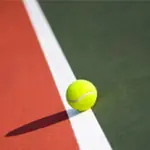
Besides the obvious use of a tennis ball -- for moving your opponent around the tennis court -- you may also think of using it to play fetch with your dog.
But do you know that you can use tennis balls for many beneficial exercises, such as grip strengthening, foot massage, trigger point release, or juggling to improve your hand-eye coordination?
Here are 10 fitness uses of a tennis ball that don't involve a tennis court.
More: The Ultimate Conditioning Exercise for Tennis
1. Tennis Ball Squeezes
It is good to have a strong grip, not just for tennis and other sports, but also for your leisure activities such as cleaning, gardening or repairing your car. Grip the tennis ball with all fingers and squeeze it with maximum power for one second, then relax. Repeat at least 20 times, then switch hands.
2. Tennis Ball Foot Massage
Place one or more tennis balls on the floor, take off your shoes and put one foot on the ball(s). Stand up and slowly transfer your body weight on the balls until you feel good pressure. Roll your foot over the balls, massaging the entire surface of your foot. This will refresh your tired feet after exercising and walking around all day. If you suffer from plantar fasciitis, this exercise will relieve the problems.
More: 8 Lunges to Improve Tennis Fitness
3. Piriformis and Glute Massage
If you have ever suffered from sciatica problems, you know how painful this condition feels. Often, the sciatica pain is nothing more than "piriformis syndrome," a tight piriformis muscle. The piriformis muscle stretches across the glutes, and with prolonged sitting or intense activity, it can get tight and shortened and impinge on the sciatica nerve.
You then feel the pain in the hip and shooting down the leg. There is an easy solution: sit on the floor, bend both knees and place the foot of the painful leg on top of the other knee. Place the tennis ball under the painful glute, toward the outside, and transfer all of your body weight onto it.
Search for the tight and painful spots (called trigger points) and stay on each spot, breathing deeply, until the pain goes away. Roll around the entire glute area, until you don't find any more trigger points, then switch sides.
More: 7 Glute Stretches for Maximum Performance
4. Upper Back Massage
If you sit for prolonged periods, you may have tight upper back and neck area. It is even more common among tennis players. This tightness may cause tension headaches. A tennis ball is a perfect tool to release the upper back tension.
Lie down on the floor, put the tennis ball under your upper-back area, and transfer the weight on it. Roll around and search for trigger points. When you find one, stay on it while breathing deeply and relaxing, until the worst pain goes away. Work the entire upper back area, stretching wide toward the armpits.- 1
- of
- 2
About the Author


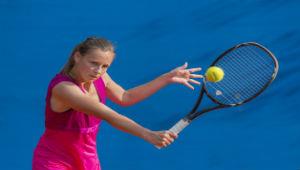

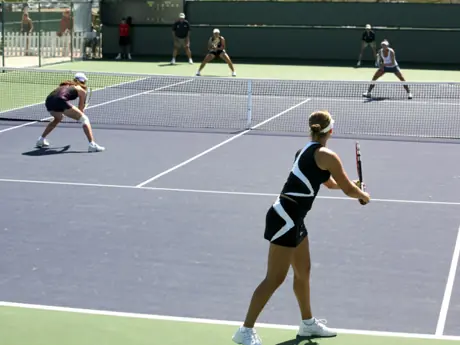
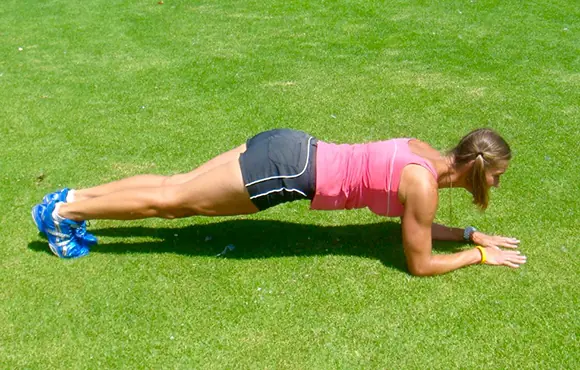
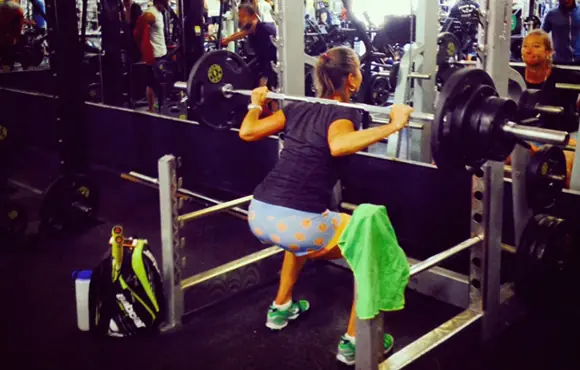

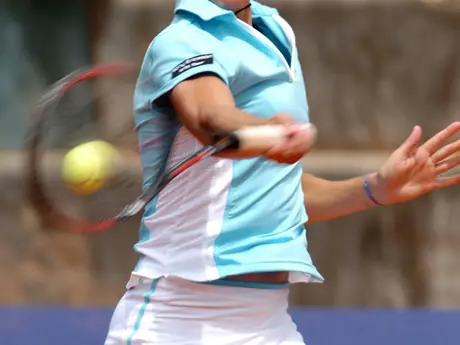
Discuss This Article